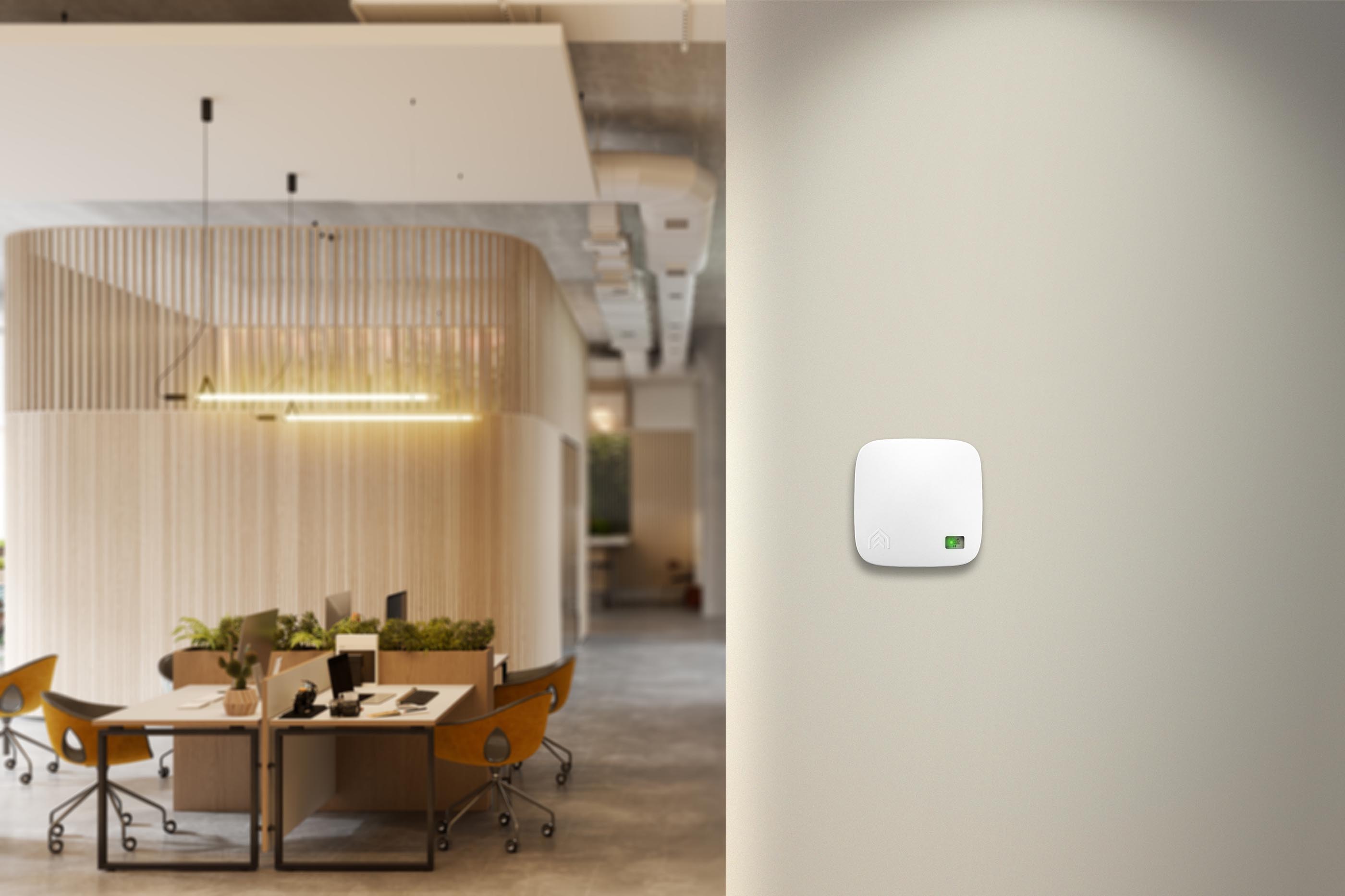
Support
Get help with setting up and using AirSuite sensors and software.
Mobile App Notifications
How to turn on push notifications in the AirSuite Monitor App for alerts triggered by your AirSuite sensors
Alerts are generated automatically by all AirSuite air quality monitors. Alerts are always visible in the AirSuite Monitor Portal, and you can opt into receiving push notifications for alerts from specific devices on your phone or tablet.
Anyone can opt into alerts for an AirSuite sensor, as long as you’re in the same room as the sensor. Open the AirSuite Monitor App and tap on the device for which you wish to receive alerts, then tap the “Get Alerts” button.

To switch on alerts, you don’t need to be invited to an organisation in the AirSuite Monitor Portal, but you need to be nearby the device (within wireless connectivity range of 5-10 metres). After you’ve turned on alerts, you don’t need to be nearby the device any more – you will be able to monitor the sensor remotely in the app.
When will I receive alerts?
Your AirSuite air quality monitors generate alerts in accordance with your organisation’s centrally managed alert settings, configurable by organisation managers in the AirSuite Monitor Portal.
Organisation managers can choose to enable or disable notifications for any sensor attributes. By default, notifications are enabled for the following attributes:
- Temperature
- CO₂
- VOCs
- Potential device problems, such as low battery and power loss (if the device is unplugged or switched off at the wall).
You will receive a notification on your mobile device when a sensor measurement exceeds the ‘warning’ threshold configured for the organisation. If you require fine-grained control over which notifications you receive, we recommend opting into email notifications instead.
How often will alerts be triggered?
Our alerts system is carefully designed to send you timely, useful notifications, and to avoid over-sending notifications so that alert fatigue is prevented.
You should not expect to receive an alert immediately when a sensor measurement exceeds an alert threshold, but rather when the measurement has exceeded the threshold for a sustained period of time.
To stop you from being bombarded by too many alerts, our system follows these rules:
- Alerts are based on the average measurement over the last 5 minute period (this stops alerts from being triggered by temporary spikes).
- You won’t receive more than one alert per sensor in any half-hour period (this stops you from receiving too many alerts if a sensor is straddling the alert threshold).
- We won’t notify you again after the first time we send you an alert until the sensor measurement drops back below the alert threshold.
Note that the device’s reporting interval will also affect the timeliness of alerts: for example, if the reporting interval is set to 15 minutes (which is the default for AirSuite LTE devices), an alert may be delayed in the worst case by up to approximately 20 minutes (the length of the reporting interval, plus the 5-minute batch processing interval).
Alerts
- Configure alert thresholds
- Email Notifications
- Manage Alerts
- Mobile App Notifications
- Our Recommendations
Connectivity
- LTE Coverage Guide
- Over-the-air Updates
- Troubleshoot Inactive LTE devices
- Troubleshoot Inactive Wi-Fi devices
- Wi-Fi Access Point Compatibility
- Wi-Fi or LTE?


